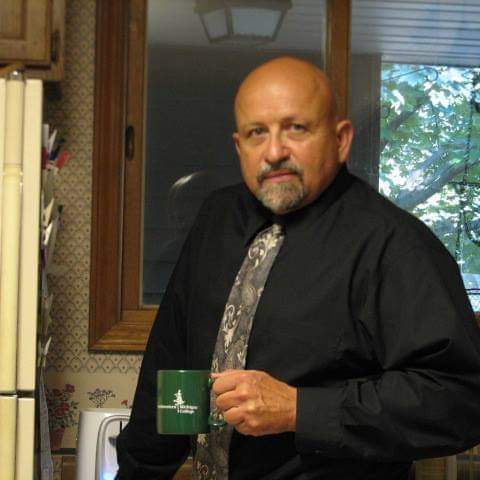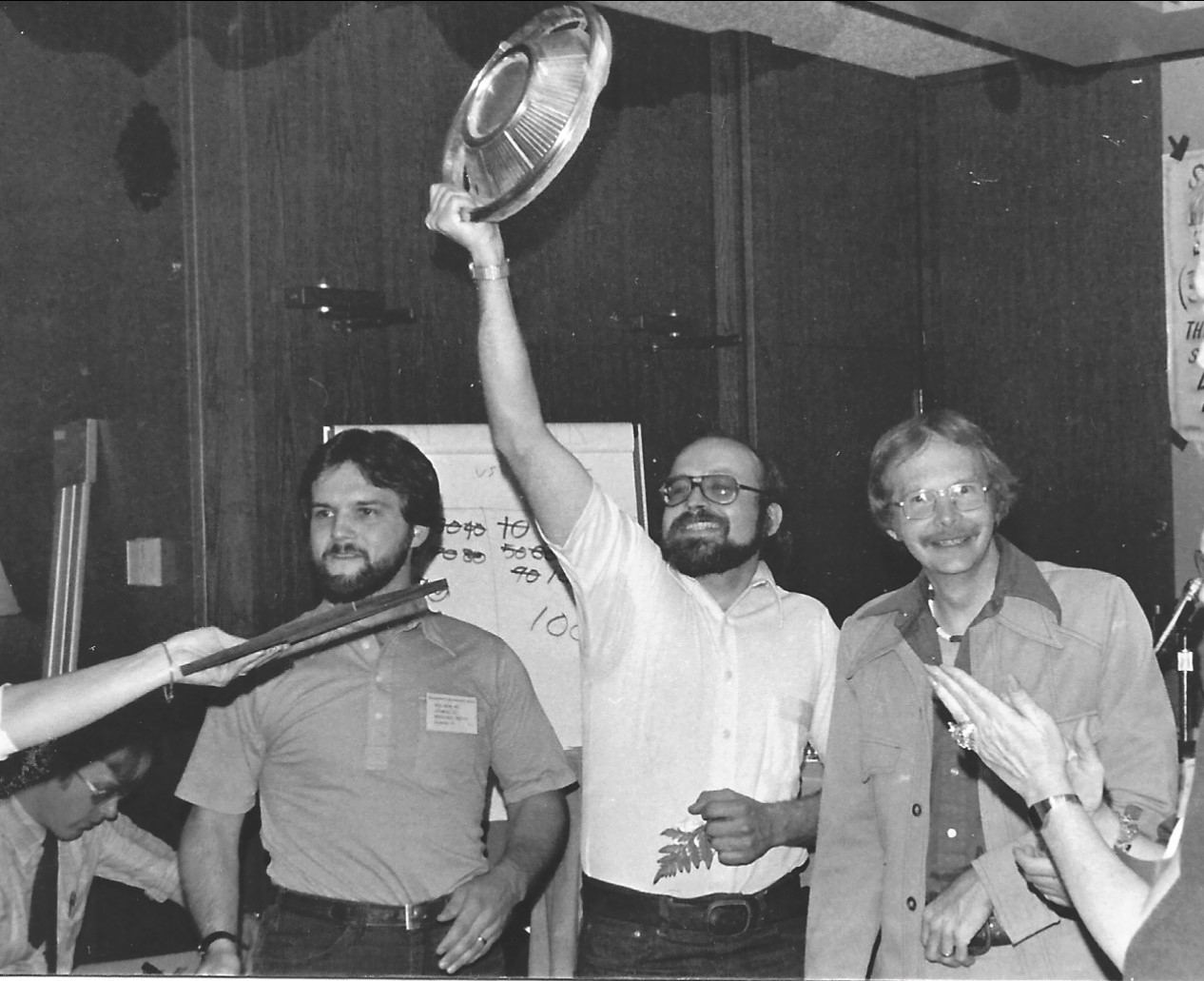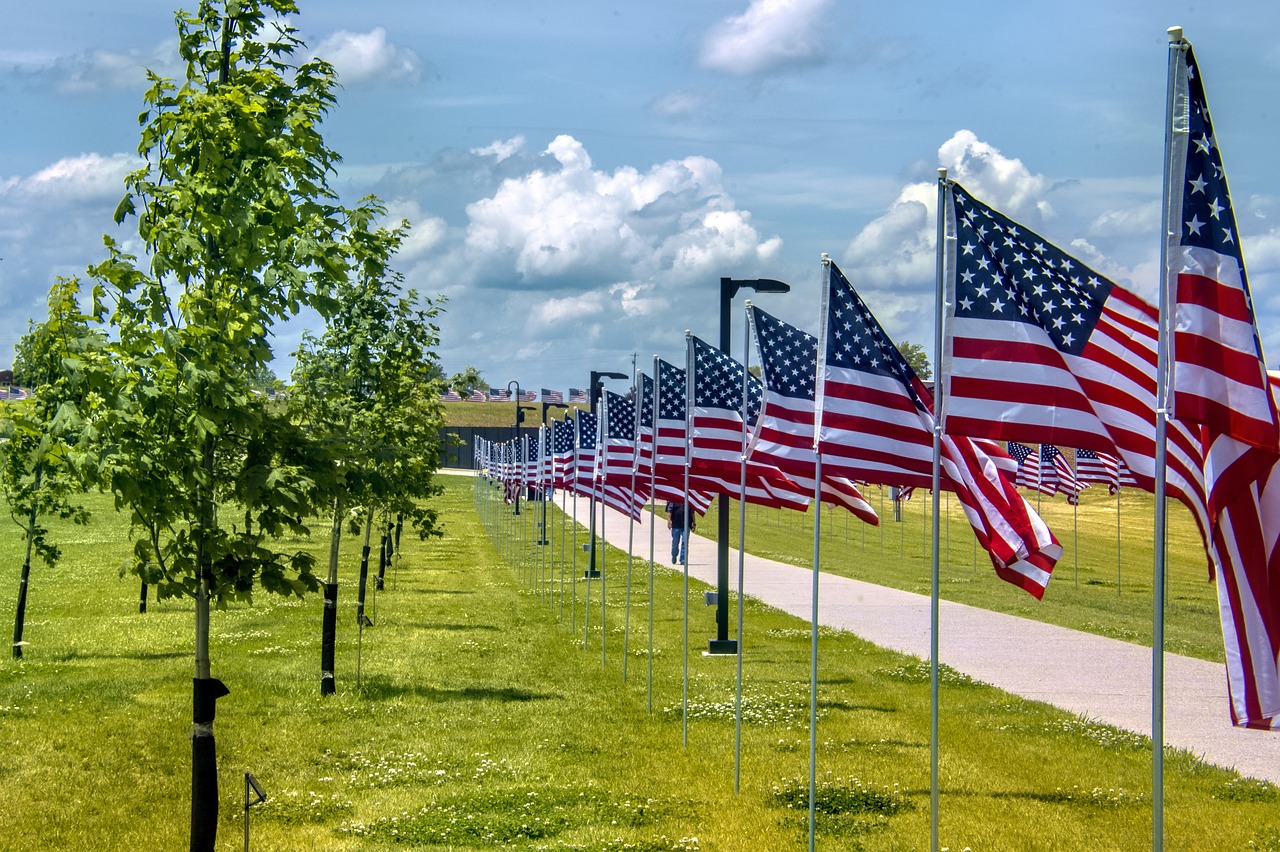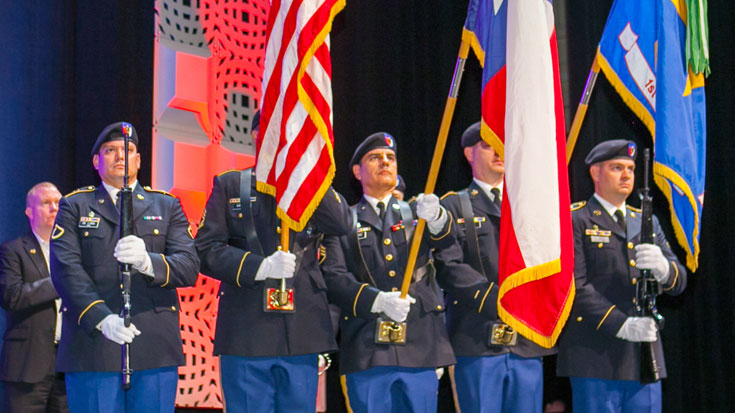
The respiratory care profession lost a giant in the field in early August with the passing of James Taylor, PhD, RRT, FAARC. Known throughout the nation, and especially in his home state of Michigan, for his devotion to respiratory care and particularly respiratory care education, he was considered by all to be an excellent educator, mentor, speaker, and leader.
 James Taylor passed away in early August after a 10-month battle with cancer. He was 71.
James Taylor passed away in early August after a 10-month battle with cancer. He was 71.Taylor had been a member of the AARC since 1974. He served the Association in a wide range of capacities over the years, including as a Michigan delegate in the AARC House of Delegates (HOD) and a member of the AARC Board of Directors (BOD).
In Michigan, he was president of the Michigan Society for Respiratory Care (MSRC) in 1990 and held numerous other positions within the society over his long career in the profession.
Working for war stories
Jim Taylor began his career in respiratory care after earning his bachelor’s degree from Wayne State University in 1972 and RT degree from Washtenaw Community College in 1973. After that, he settled into the hospital setting. He quickly developed a passion for neonatal respiratory care and was integral in developing the NICU and transport programs at Bronson Methodist Hospital in Kalamazoo.
However, the educational side of the profession soon captured his attention, and he became the RT program director at Kalamazoo Valley Community College (KVCC). He would remain at the college for the rest of his career, although he regularly worked per diem jobs on the clinical side to keep up his bedside skills.
“Jim would often work 12-day stretches,” recalled long-time friend and associate Al Moss, MA, RRT. “Five days at the college, two days at Bronson, then five days at the college.” When asked why he did it, Moss says Taylor said he loved seeing positive outcomes and the joy they gave the parents of his young patients.
“And true to Jim Taylor form, he said, ‘I basically work for war stories,” added Moss.
Jim Taylor ran the cardiorespiratory care program at KVCC for 22 years, earning his Master’s degree and PhD from Western Michigan University along the way. In 1998 he was named dean of health and sciences at the school, a position he held throughout the rest of his career in the profession.
In 2005, he received a $478,000 grant from the Michigan Department of Labor and Economic Growth to expand the college’s respiratory therapy and paramedic programs.
Living legacy
Bruce Brenn, RRT, knew Taylor for 48 years and cites his immense contributions to the MSRC as one of his greatest living legacies. In addition to serving as president of the society in 1990, he also worked as the program developer for the highly successful conferences the MSRC hosted each year.
“That was a big deal,” said Brenn, “because it was the primary source of income for the association for many years.”
Income from those conferences went for additional educational opportunities for members, and it was also key in funding the state society’s mission to achieve licensure. Brenn recalls the major role Taylor played in getting the legislation through the state government.
“He was part of the licensure team, visiting legislators in the state and working with our lobbyists.”
Al Moss highlights Taylor’s service to the AARC, pointing out that in addition to his roles in the HOD and BOD, he was a member of committees as far-ranging as Leadership Development and Retention to Educational Oversight. He also chaired the Ad Hoc Committee for Respiratory Care Accreditation Board Nominations in 1995 and the Nominating Committee in 1998. In addition, he was a member of the Clinical Practice Guidelines Review Panel from 1994-1996.
When asked why he decided to continue his service to the AARC after becoming dean at KVCC, Moss says Jim said the AARC gave him strong insights into the national health care environment.
The influence he had with his fellow RTs was legendary, say those who knew him.
Carl Haas, MLS, RRT, RRT-ACCS, FAARC, recalls being a Michigan delegate to the HOD and being charged with introducing new delegates to the other state delegates to help them feel comfortable and start networking.
Jim Taylor was coming back into the HOD that year, and Haas says he quickly learned that no introductions would be necessary.
“Everyone already recognized him from his previous tour of duty almost ten years earlier,” he said. “He helped me to network!”
Haas says Taylor’s service to the HOD and the AARC helped move forward the respective agendas of each group.
“Jim was always an active volunteer,” he said. “When he was involved with a project, he gave it 100% effort.”
He was great at recruiting others to do the same.
“He had a knack for getting one interested in a topic, a committee, or a task, and then nudging you to jump in with both feet and take in on as your own; to get involved,” Haas said.
Taylor was named a Fellow of the American Association for Respiratory Care in 2011.
One of the “know-it-all’s” from Kazoo
One of Taylor’s greatest professional loves, though, was the Sputum Bowl, where he was both an avid participant and long-time supporter. Brenn was one of his team members in those early days.
 Jim Taylor raises a hand in victory in this photo of the Michigan Companionship Sputum Bowl Team in 1980. Pictured with Taylor are teammates Bruce Brenn, left, and Homer Engert, right.
Jim Taylor raises a hand in victory in this photo of the Michigan Companionship Sputum Bowl Team in 1980. Pictured with Taylor are teammates Bruce Brenn, left, and Homer Engert, right.“The team won the national competition one year and was afforded the chance to play in an international competition representing the U.S., which they won,” he said.
David Panzlau, MS, RRT, RRT-ACCS, RRT-NPS, remembers that Michigan team well and how it became such a big part of Taylor’s life going forward.
“This team was so good that it limited others from competing,” he said, adding with a smile, “Who was going to challenge those know-it-all’s from Kazoo?”
After winning Nationals in 1992 and the International Competition in 1993, Taylor retired from the Sputum Bowl. Still, he made sure it kept going, recruiting Panzlau and several others to coordinate the competition.
“It was an invitation we could not refuse, and one reason was that Jim Taylor was doing the asking,” he said. “Anytime Jim would speak at our state conferences, he never failed to mention Sputum Bowl and the bond that it created between him and his close friends.”
Another professional passion came in Camp Sundeer, a summer camp for children with asthma in South Central Michigan. Moss remembers him serving as the camp’s waterfront director, often recruiting his students from KVCC to join him in the camp experience.
A consummate leader
Al Moss says Taylor will be remembered by all who knew and worked with him as the consummate leader.
“He led by example, he led by seeing the best in others, and helping them see their strengths,” he said. “He inspired so many therapists to achieve more than they ever thought they could.”
That aspect of his character was in full evidence at his memorial service, continued Moss.
“The common theme during the informal social gathering was, ‘if it wasn’t for Jim, I wouldn’t have….’,” he said. “Then they would state something important in their careers that happened because of Jim’s inspiration.”
Email newsroom@aarc.org with questions or comments, we’d love to hear from you.















